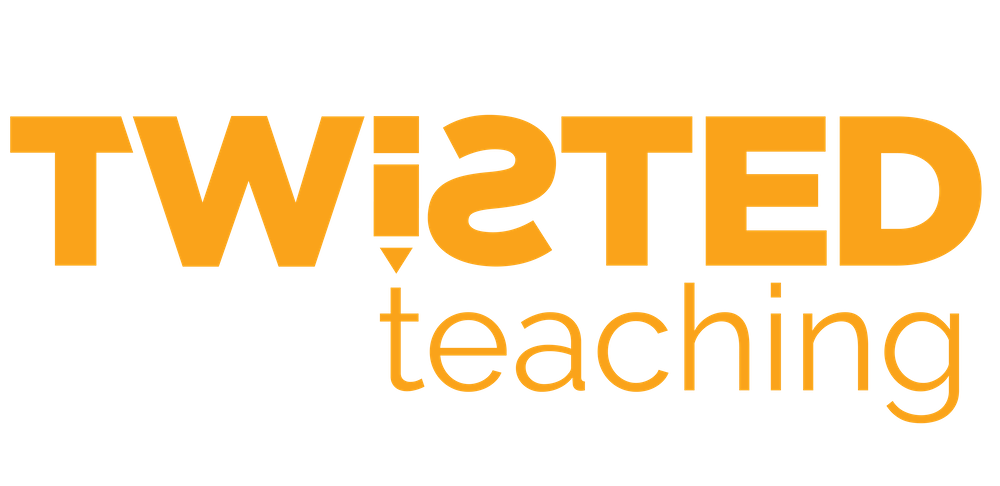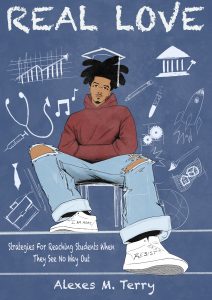Educators Need to Use the Winter Break to Move Towards Healing
The hope needed to remain in urban education is on the other side of educators healing themselves. This healing must start with us getting clear on the social factors that contribute to us feeling broken and seeking support to identify exactly what we need in order to move forward in this journey. Before true healing can happen for our students, we must start the process within ourselves. It’s no secret that urban educators are constantly under siege. We’re fighting against all sorts of social ills and systemic injustices, while trying to educate our students who come from difficult backgrounds. And often, it feels like we’re losing the battle.
But hope is not lost. There is still a chance for us to make a difference in the lives of our students, but again we need to start by healing ourselves. Only then will we have the strength and resilience to continue on this difficult journey.
The winter break is the perfect time for educators to pause and take stock of our healing needs. It’s a chance to step back from our daily responsibilities, check in with ourselves, and give ourselves permission to re energize and refocus. This can come in many forms – reading our favorite books or inspiring books related to education; participating in healing circles where we can talk freely about our struggles; taking a vacation or just spending time with family and friends.
It’s also important for us to be culturally responsive in our healing journey. We need to seek out healing practices that are rooted in practices of our ancestors, and possibly those of our students, so that we can better understand them and their needs. This is an integral part of healing, as it allows us to break down barriers and build bridges between us and our students.
Educators have a tough job, but there is still hope that healing can happen. By taking the time during winter break to identify what we need in order to heal, we can be better prepared for the upcoming challenges ahead. Urban educators are on a long healing journey and winter break is the perfect time to pause and reflect on what healing needs exist. By taking the time to identify what healing looks like for us individually, we can become better equipped to serve our students and the communities we work in. Together, let’s use the winter break to heal ourselves so that that we can begin to encourage healing in our school communities come January. Here’s to healing, well-being, and self-care!
What can healing look like this winter break?
1. Take a healing retreat and get away from it all.
2. Use this break to really listen to what your soul is telling you and take a look at where healing needs to begin.
3. Make sure you’re getting enough rest. Sleep is incredibly important for healing.
4. Take time to reflect on the healing journey: Reflecting on the healing journey is a great way for educators to identify what healing needs may exist and what healing resources may be available. Taking an honest look at one’s current emotional state and any areas of self-care that need attention can help uncover underlying healing needs. Taking regular breaks throughout the day can also help manage stress.
5. Spend some time in nature: Nature healing is a powerful healing modality that has been used for centuries and can bring great healing to those who participate in it. Taking a walk in the woods, visiting your local park or beach, or simply sitting outside with a cup of tea can be incredibly healing.
6. Practice self-care: Taking the time to do things that make us feel good, like yoga, writing in a journal, taking a hot bath, or reading a book can help reduce stress and create healing moments for ourselves.
7. Seek culturally healing resources: This could include attending healing circles with other urban educators, seeking healing practices rooted in the culture of your ancestors, or exploring healing resources that are available within our communities such as a sound bathing studio or prayer groups.

